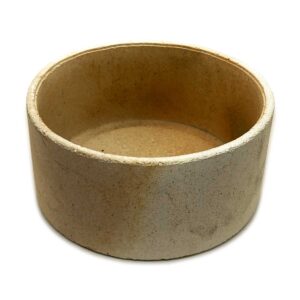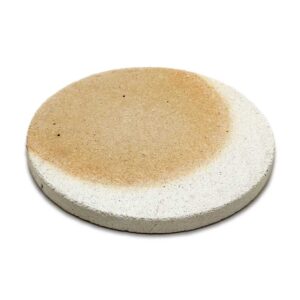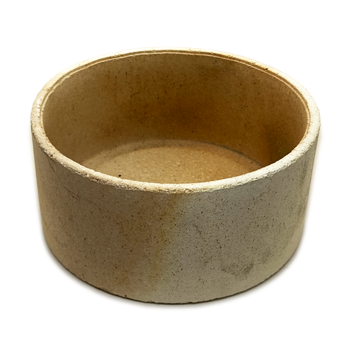

A type of kiln tool. The word is used only in Seto-type kilns. Saya in Kyoto region, boshi in Kyushu region, kappal in Korean, and sagabachi in Chinese all refer to the same thing. In the Seto region, the word “go” is also used, and this term is also used in the Kyoto region. There is no document that can prove when the word engoro originated, but there are two words in the Chinese “Tao Xue”, “Engo Goh” and “Fang Goh”, which clearly refer to saggars. These words clearly refer to saggars, with the round saggars being called engogogos and the square ones being called hangogogos. The Seto potters, without knowing the translation, must have used the term “engoro” with an accent directly imported from China, and have used it up to the present day. According to the results of excavation of old kilns, engoro itself seems to have been used before the Heian period. A large number of engoro were excavated from the ancient kiln sites at the southwest foot of Sanageyama, which are estimated to be from the Heian period. This indicates that engoro was already introduced to Seto kiln sites from the continent before the Heian period, and its name has been used for more than 1,000 years. This is one of the materials that tell us the antiquity of Seto kilns. Engoro is also called “bakago” and “engoro. According to popular belief, it was invented by a man named Engoro. When engoro are piled up, the thickest part is called tokoe, which serves as the bottom platform. The unburned ones are called namae, the round ones marue, the square ones kakue, the shallow ones asae or hirae, the deep ones fukae, and the ones at the very back when the kiln is filled are called okue.


